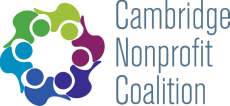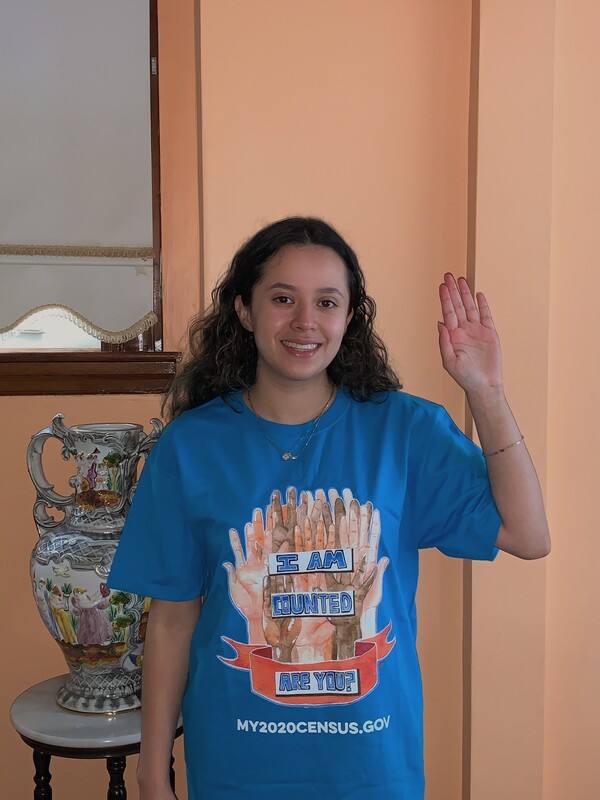|
"Growing up as an undocumented immigrant being invisible was a survival strategy. Now that my immigration status is more secure I believe it’s important to be seen, heard, and counted."- Cynthia Ordonez Salguero During these unprecedented times, it’s difficult to focus on anything other than COVID-19. This leads even important efforts to slip through the cracks; the Census is one of them.
Around the end of April in 2010, Cambridge’s self-response rate was 73%. This year, it was only 54%. We’ve got to get those response rates up if we want to seize this opportunity to build a better future. The Census is about getting the government we need Begun in 1790, the Census is a once-every-decade effort to count every individual living in America. The data is used for three main reasons:
Where nonprofits come in: the challenges to a complete count Unfortunately, many obstacles that prevent an accurate count are heightened by the COVID-19 pandemic we’re living through. Recently, the most notorious of these has been the proposed (and fortunately, rejected) citizenship question, which would have asked household members to report their citizenship or immigrant status. A 2017 study showed that just the possibility of the question stoked the fears that already existed in immigrant communities, particularly that Census data would be used to enforce deportation policies. In reality, Title 13 protects all respondents’ private information such as name, address, Social Security Number, and telephone number from being disclosed or published. Reassuring the immigrant community there’s no citizenship question and their private information is protected under the law, could help increase response rates. Another challenge to a complete count is directly related to COVID-19. The Census traditionally relies on Census Takers, who go door to door, and attend public events and meetings. They are trained to answer questions or concerns that may arise. As we all know, this method is no longer safe. Recently the Census Bureau released plans to resume some Census field operations in select locations. Alas, no Area Census Office is currently open in Massachusetts. While people can fill out the Census by phone, mail, or online, these methods disadvantage lower-income respondents. Exacerbating the digital divide are the closings of libraries, schools, and other public buildings. However, there is an opportunity for potential partnerships between the Census Bureau and non-profits who have stronger connections with the communities they serve. These partnerships could offer community members the resources they need to successfully complete the Census. To ensure our region receives fair federal representation and allocation of federal resources, we must ramp up the effort to count everyone in Cambridge. As previously mentioned in 2010, the Cambridge self-response rate (people who responded on their own without a census taker visiting their home) was 73% around this time. Right now it’s only 57%. Thankfully, the Self-Response Phase deadline has been pushed to October 31st, 2020.
I raise these challenges and possible solutions in hopes that they spark ideas for service providers, community members, and government officials on how to increase response rates. |
|
Contact Us
Cambridge Nonprofit Coalition
C/O Mission Earth
1257 Worcester Road, #312
Framingham, MA 01701
Elena Sokolow-Kaufman
Executive Director
[email protected], 617-401-7948
Cambridge Nonprofit Coalition
C/O Mission Earth
1257 Worcester Road, #312
Framingham, MA 01701
Elena Sokolow-Kaufman
Executive Director
[email protected], 617-401-7948


 RSS Feed
RSS Feed